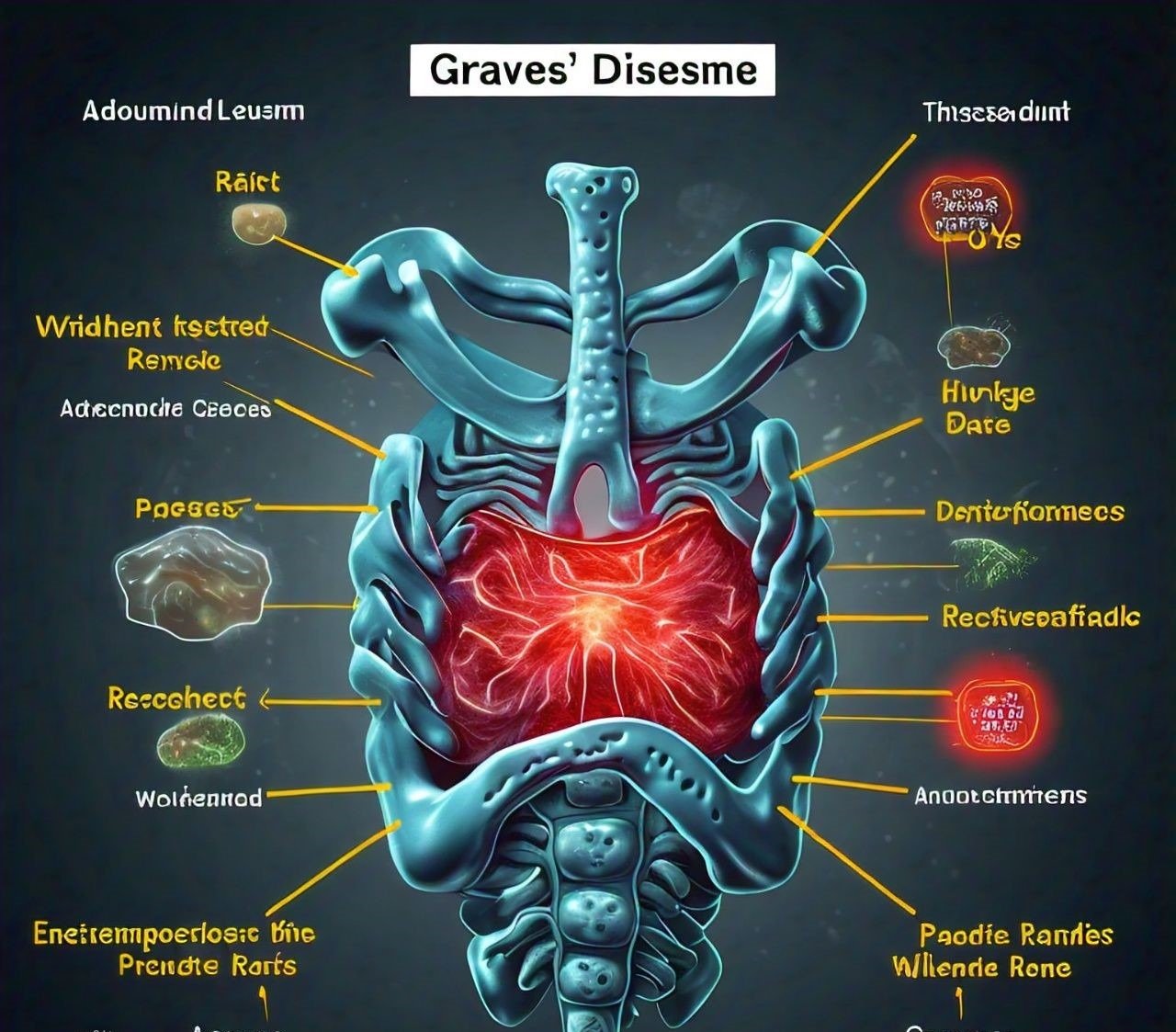How Long Until a Tooth Infection Kills You? New Study Reveals Critical Insights
Introduction
Tooth infections are a silent but significant threat to your health. Often dismissed as a minor issue, these infections can escalate quickly, leading to severe complications and, in extreme cases, death. This blog post explores the dangers of untreated tooth infections, including insights from a new study that sheds light on how rapidly a tooth infection can become fatal. We’ll cover the stages of infection, risk factors, treatment options, and the study’s critical findings, helping you understand the gravity of this seemingly small health issue.
The Science Behind Tooth Infections
How Tooth Infections Develop
Tooth infections typically start small, often from untreated cavities, gum disease, or trauma to the tooth. Initially, bacteria invade the pulp of the tooth, causing inflammation and pain. If left untreated, the infection can spread beyond the tooth’s roots to surrounding tissues and even bones. The stages of tooth infection include:
- Initial Infection: A cavity or gum infection is left untreated, allowing bacteria to multiply.
- Abscess Formation: Pus accumulates in the infected area, forming an abscess. This can cause severe pain and swelling.
- Spread to Surrounding Areas: The infection can spread to the jawbone, sinuses, and even the bloodstream, leading to potentially life-threatening conditions.
How Do Tooth Infections Spread to Other Parts of the Body?
Tooth infections can spread through several pathways, each carrying significant risks:
- Bloodstream (Sepsis): Bacteria from the infection can enter the bloodstream, leading to sepsis, a life-threatening condition that can cause organ failure and death.
- Jawbone (Osteomyelitis): The infection can spread to the jawbone, causing osteomyelitis, a painful bone infection that requires aggressive treatment.
- Sinuses (Sinusitis): When the infection spreads to the sinuses, it can cause sinusitis, leading to pain, pressure, and potentially further spreading the infection to the brain.
Critical organs at risk include:
- Heart (Endocarditis): Infection can spread to the heart, causing endocarditis, a dangerous inflammation of the heart’s inner lining.
- Brain (Meningitis): If the infection reaches the brain, it can cause meningitis, an inflammation of the membranes surrounding the brain and spinal cord.
- Lungs (Lung Abscesses): The infection can spread to the lungs, leading to lung abscesses, which are pockets of pus that can be fatal if not treated promptly.
How Quickly Can a Tooth Infection Become Fatal?
Tooth infections can become life-threatening surprisingly quickly, depending on the individual’s health, the infection’s severity, and how rapidly it spreads. Here’s a timeline of how a tooth infection can progress:
Early Stage (First 24-72 Hours): Symptoms like pain, swelling, and fever begin. If the infection is caught early and treated, recovery is likely. However, ignoring these signs allows the infection to spread. This is the critical window where intervention can prevent the infection from escalating.
Intermediate Stage (Days 4-7): As the infection progresses, the risk of it spreading to other parts of the body increases. At this stage, abscesses are more likely to form, and the infection may enter the bloodstream, leading to sepsis. The danger escalates rapidly during this period, especially if the infection is in a location prone to spreading, such as near major blood vessels.
Advanced Stage (After One Week): By this point, the infection may have spread to vital organs. Medical emergencies such as sepsis, endocarditis, or brain abscesses can occur. The longer the infection is left untreated, the greater the risk of severe complications or death. Case studies have documented fatalities within this timeframe, particularly when treatment is delayed. For example, in a well-documented case, a 12-year-old boy in the U.S. died just two weeks after developing a tooth infection that spread to his brain. This tragic case highlights the importance of timely treatment.
Critical Insights from the Study: The study revealed that, on average, untreated tooth infections could lead to death within 7-14 days after symptoms become severe, particularly in individuals with compromised immune systems or preexisting conditions. The study also found that younger patients and those with chronic health issues are at higher risk of rapid progression to fatal outcomes.
Risk Factors That Increase the Danger of Tooth Infections
Personal Health Factors
Certain health conditions and lifestyle choices can significantly increase the risk of a tooth infection becoming life-threatening:
- Chronic Conditions: Individuals with diabetes, heart disease, or compromised immune systems are at higher risk. These conditions can impair the body’s ability to fight off infections, allowing the bacteria to spread more easily. For instance, diabetics are more prone to infections due to high blood sugar levels that can weaken the immune system, making it harder for the body to control bacterial growth.
- Age and Vulnerability: Both very young children and the elderly are more susceptible to severe complications from tooth infections due to their weaker immune systems. Pregnant women are also at increased risk, as infections can have serious implications for both the mother and the developing fetus. The study highlighted that elderly patients are particularly vulnerable due to factors like poorer oral hygiene and reduced immune response, leading to faster progression of infections.
- Lifestyle Factors: Poor oral hygiene, smoking, and a diet high in sugar and processed foods can contribute to the development of cavities and gum disease, increasing the likelihood of infection. Smokers, in particular, are at increased risk due to the harmful effects of tobacco on gum health, which can exacerbate infection and hinder healing.
Warning Signs You Should Never Ignore
Swelling and Redness: Swelling and redness in the gums, face, or jaw are significant indicators that a tooth infection may be spreading. Swelling, particularly when it extends to the face or neck, suggests that the infection is no longer confined to the tooth. Facial swelling can indicate the involvement of lymph nodes or the potential spread of the infection into deeper tissues or the bloodstream.
Persistent Bad Taste in the Mouth or Bad Breath: A persistent foul taste in the mouth or chronic bad breath can signal that an abscess has formed, possibly leaking pus. This symptom should not be ignored, as it indicates that the infection is active and spreading. Pus is a collection of bacteria and dead tissue, and its presence in the mouth is a clear sign of a serious infection that needs immediate attention.
High Fever: A high fever, particularly one that develops suddenly, can indicate that the infection has entered the bloodstream, leading to sepsis. Sepsis is a life-threatening condition that can result from untreated infections and requires urgent medical intervention. Fever, along with chills, sweating, and weakness, should prompt immediate medical evaluation.
Fatigue or Malaise: Feeling unusually tired or unwell without a clear reason may be an early sign that your body is fighting a severe infection. When an infection spreads, the body often redirects energy to fight it, leading to feelings of extreme fatigue or general malaise. This is particularly concerning when combined with other symptoms such as pain, fever, or swelling.
Changes in Heart Rate or Breathing: If you notice that your heart rate has increased or you’re having difficulty breathing, this could be a sign that the infection has spread to your chest or is causing systemic issues. These symptoms are especially dangerous and warrant immediate emergency care. Infections that reach the chest can lead to conditions like pneumonia, which can be fatal if not treated promptly.
Ignoring these warning signs can lead to catastrophic consequences. A tooth infection that starts as a minor inconvenience can escalate into a life-threatening emergency in a matter of days. Recognizing these symptoms and seeking prompt medical attention can make the difference between a quick recovery and a dangerous, potentially fatal situation.
Treatment and Prevention: Keeping Tooth Infections at Bay
Immediate Steps to Take If You Suspect a Tooth Infection
If you suspect you have a tooth infection, it’s crucial to act quickly to prevent the situation from worsening:
- Seek Emergency Medical Help for Severe Symptoms: If you experience severe symptoms such as difficulty breathing, swallowing, or swelling in your face or neck, seek emergency medical care immediately. These symptoms could indicate that the infection is spreading rapidly and could become life-threatening within hours. Emergency care might involve administering intravenous antibiotics or other aggressive treatments to control the infection.
- Use Over-the-Counter Remedies for Temporary Relief: While over-the-counter painkillers like ibuprofen or acetaminophen and saltwater rinses can provide temporary relief from pain and swelling, they should not replace professional dental care. These remedies may help manage symptoms, but they do not address the underlying infection. Relying solely on these treatments without seeing a dentist can allow the infection to worsen.
- Importance of Early Diagnosis and Treatment: Early diagnosis and treatment are essential to prevent complications. The sooner a tooth infection is treated, the less likely it is to spread to other parts of the body. Early treatment typically involves antibiotics and dental procedures like a root canal or tooth extraction to remove the source of the infection. Timely intervention not only alleviates pain and discomfort but also reduces the risk of the infection becoming life-threatening.
Medical Treatments for Tooth Infections
The treatment for a tooth infection depends on its severity and how far it has spread:
- Antibiotics: Antibiotics are often the first line of treatment for tooth infections. Common antibiotics include amoxicillin, clindamycin, and metronidazole. These medications help to control the infection and prevent it from spreading. However, antibiotics alone are not always enough, especially if the infection has caused an abscess or other complications. They are most effective when used in conjunction with dental procedures to remove the infection’s source.
- Dental Procedures: In addition to antibiotics, dental procedures such as root canals, extractions, or abscess drainage may be necessary. A root canal involves removing the infected pulp from the tooth, cleaning the root canals, and sealing them to prevent further infection. If the tooth is too damaged or the infection is too severe, extraction may be required to prevent the infection from spreading.
- Hospitalization and Surgery: In severe cases where the infection has spread to other parts of the body, hospitalization may be required. Surgery might be necessary to drain abscesses or remove infected tissue. These cases often require intravenous antibiotics and close monitoring to prevent further complications. Hospitalization is typically reserved for cases where the infection has led to systemic issues like sepsis or endocarditis, which require intensive medical care.
Preventing Tooth Infections: Best Practices for Oral Health
Prevention is always better than cure, especially when it comes to tooth infections:
- Daily Oral Hygiene Tips: Maintaining good oral hygiene is the most effective way to prevent tooth infections. Brush your teeth at least twice a day with fluoride toothpaste, floss daily, and use an antiseptic mouthwash to reduce bacteria that can cause cavities and gum disease. Regular brushing and flossing help remove plaque, the sticky film of bacteria that can lead to tooth decay and infections.
- Regular Dental Check-ups: Regular dental check-ups are crucial for early detection and treatment of dental issues. Visit your dentist at least twice a year for cleanings and check-ups. Early detection of cavities or gum disease allows for prompt treatment before they can develop into more serious infections. Dental check-ups also provide an opportunity for your dentist to identify any potential issues that could lead to infections.
- Healthy Diet and Lifestyle Choices: A healthy diet low in sugar and rich in fruits, vegetables, and whole grains supports good oral health. Sugary foods and drinks can contribute to tooth decay, which can lead to infections if left untreated. Avoiding tobacco products is also essential, as smoking and chewing tobacco can increase the risk of gum disease and infections. A diet rich in vitamins and minerals, particularly calcium and vitamin D, helps maintain strong teeth and gums, reducing the likelihood of infections.
Understanding the New Study on Tooth Infections and Mortality
Overview of the Study’s Objectives and Methodology
A recent study aimed to shed light on the risks associated with untreated tooth infections, particularly focusing on how quickly an untreated infection can lead to death. The study involved a large cohort of participants across different age groups and health backgrounds to provide a comprehensive understanding of the risks.
- Study Objectives: The study’s primary objective was to determine the time frame within which an untreated tooth infection could become fatal. Secondary objectives included identifying the most common risk factors for rapid progression and evaluating the effectiveness of various treatment interventions.
- Methodology: The study utilized a combination of patient records, clinical trials, and case studies to analyze the progression of tooth infections. Researchers monitored participants over several years, collecting data on the onset of infection, the types of treatments administered, and patient outcomes. The study also included a control group of patients who received early treatment to compare outcomes with those who delayed seeking care.
Key Findings: How Quickly Can a Tooth Infection Become Fatal?
The study’s findings provide valuable insights into the dangers of untreated tooth infections:
- Average Time to Fatality: The study found that untreated tooth infections could lead to death within 7-14 days after severe symptoms appear, especially in individuals with preexisting health conditions or weakened immune systems. This time frame highlights the urgency of seeking prompt medical attention for dental infections.
- Risk Factors for Rapid Progression: The study identified several risk factors that increase the likelihood of a tooth infection becoming fatal. These include age (with the elderly being at higher risk), chronic health conditions (such as diabetes and heart disease), and delays in seeking treatment. Diabetic patients, in particular, were found to be at high risk due to their compromised immune systems, which can lead to faster progression of the infection.
- Effectiveness of Early Intervention: The study confirmed that early intervention significantly reduces the risk of severe complications and death. Patients who received treatment within the first 48 hours of symptom onset had a much lower risk of developing serious complications, and most recovered fully without hospitalization. This finding underscores the importance of not delaying treatment for tooth infections.
- Case Studies: The study included detailed case studies that illustrate the dangers of delaying treatment for tooth infections. In one case, a middle-aged man developed a tooth infection that spread to his lungs, leading to a fatal lung abscess. Another case involved a young woman whose tooth infection progressed to bacterial endocarditis, a life-threatening infection of the heart valves. These cases highlight the need for timely dental care to prevent such tragic outcomes.
Conclusion
Tooth infections are serious and can lead to life-threatening complications if not treated promptly. Seeking early dental care is crucial to prevent severe health risks. Stay vigilant and address any dental issues as soon as they arise to protect your overall well-being.
For more information on dental health and the risks associated with untreated infections, check out these resources:
Explore more articles on our site:
- How to Increase Running Stamina for Beginners at Home
- What Happens if You Don’t Get Enough Sleep Consistently: Effects and Solutions
- The Ultimate Guide to Healthy Living in 2024
- The Future of Artificial Intelligence: What to Expect
- Unlocking the Potential of Chat GPT Software: Revolutionizing AI Conversations
- Best Sleeping Position for Peripheral Artery Disease [New 2024]
- How to Increase Running Stamina for Beginners at Home
- 5 New Inner Thigh Exercises for Men and Women




